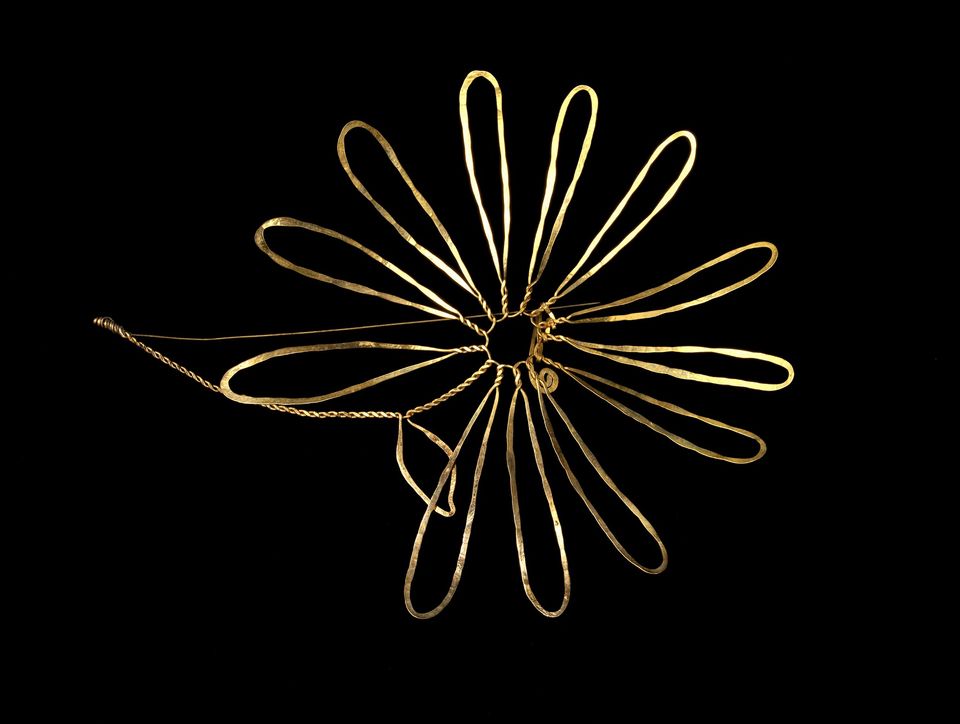
Designer Michael Rock of 2x4 on Dutch design:
I don’t consider Dutch Design to be design generated in the Netherlands. I consider Dutch Design a kind of work, or an attitude about work, or even a brand of work, that could theoretically occur anywhere at anytime.
(Courtesy of Design Observer.) That's a point that speaks to me. Saying what precisely makes Dutch design Dutch, even identifying just a few key attributes, is probably impossibly challenging—yet Rock knows it when he sees it and can say so with complete confidence. To some extent we all operate with a general framework of traits of Western societies: French taste, German ingenuity, American enthusiasm, and so forth.
Whether these holistic perceptions amount to anything more specific than je ne sais quoi, it's fun to page through the American design annals for answers. A watershed in 20th century American material culture came in the man of Alexander Calder and his airborn biomorphic stabiles and mobiles, which have had an enormous influence not merely on sculpture but on American design. When I look at objects designed by Calder, I see something principally American. It's a quality that's peripheral to the work and hard to verbalize—a something I can't quite suss out. As in the way that scents are so intensely associated with memories, yet that connection can't be described, only experienced.
What will be interesting is the degree to which these essential qualities—American-ness or what have you—remain identifiable as design draws less from modernist and national sources and more from the postmodernist and globalized. I believe they must persist, if only because we're hard wired to detect them.
But maybe you think I'm all wrong about Calder as the beating heart of American material culture—I'm sure a lot of people have their own strong associations with objects in fashion, sculpture, and design.


















